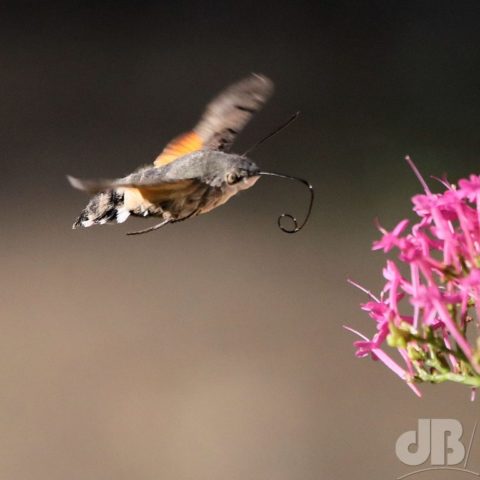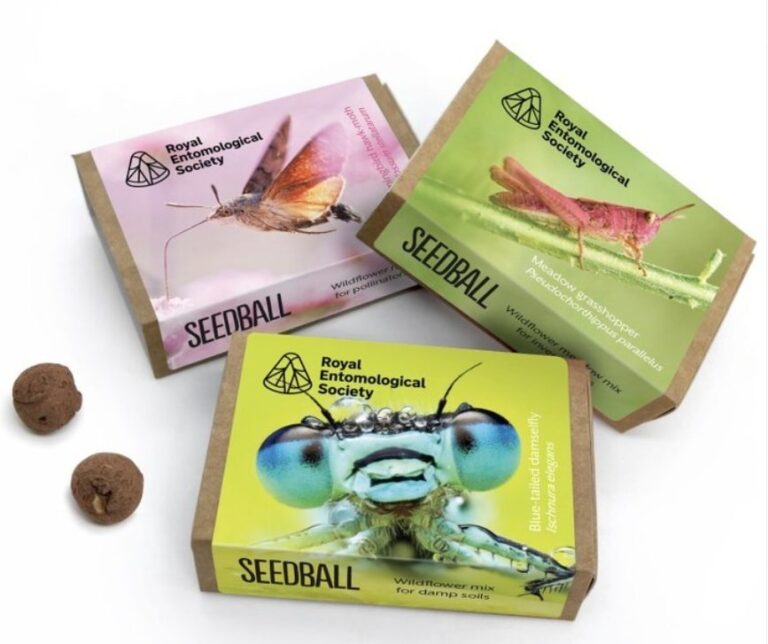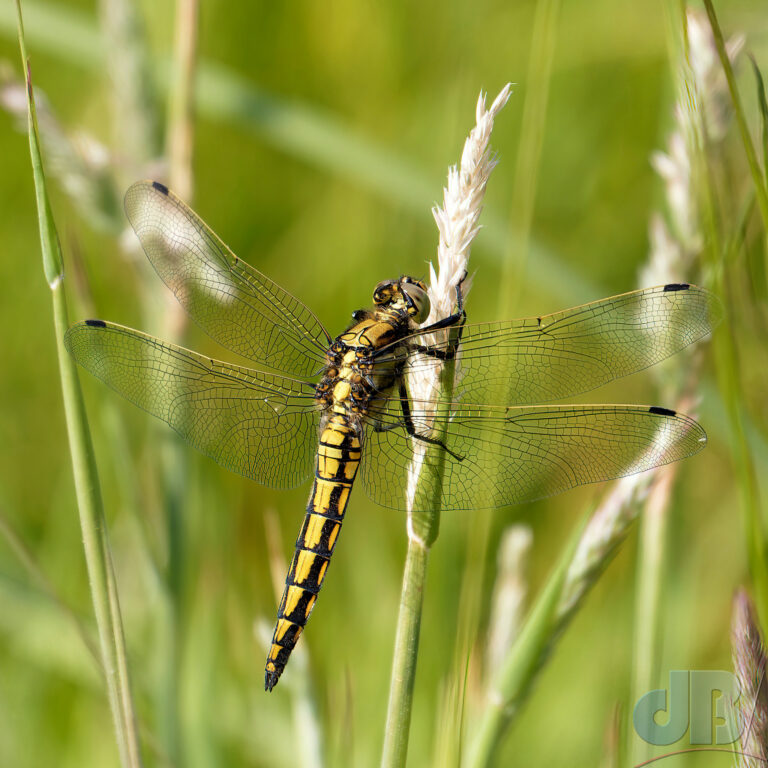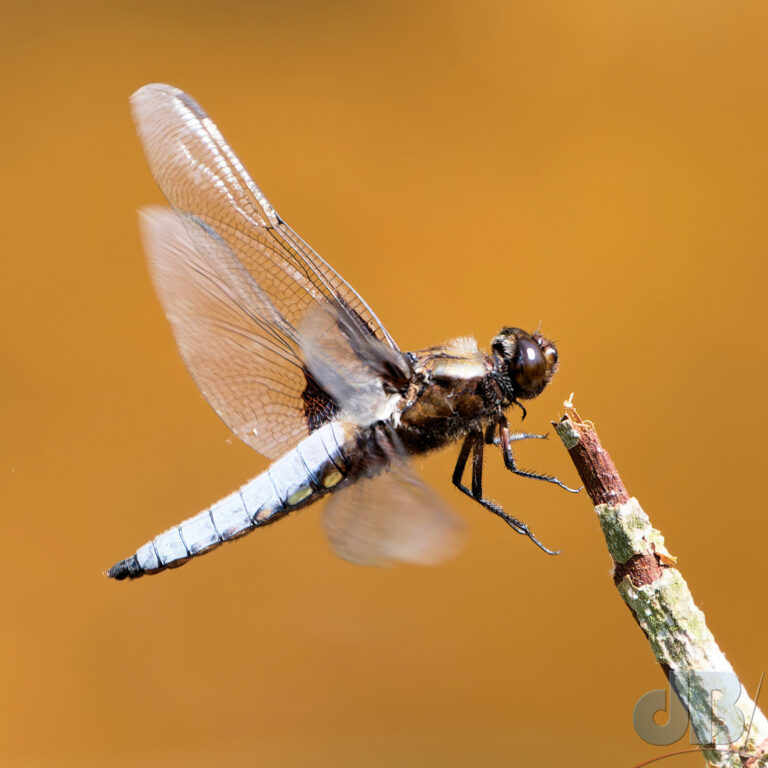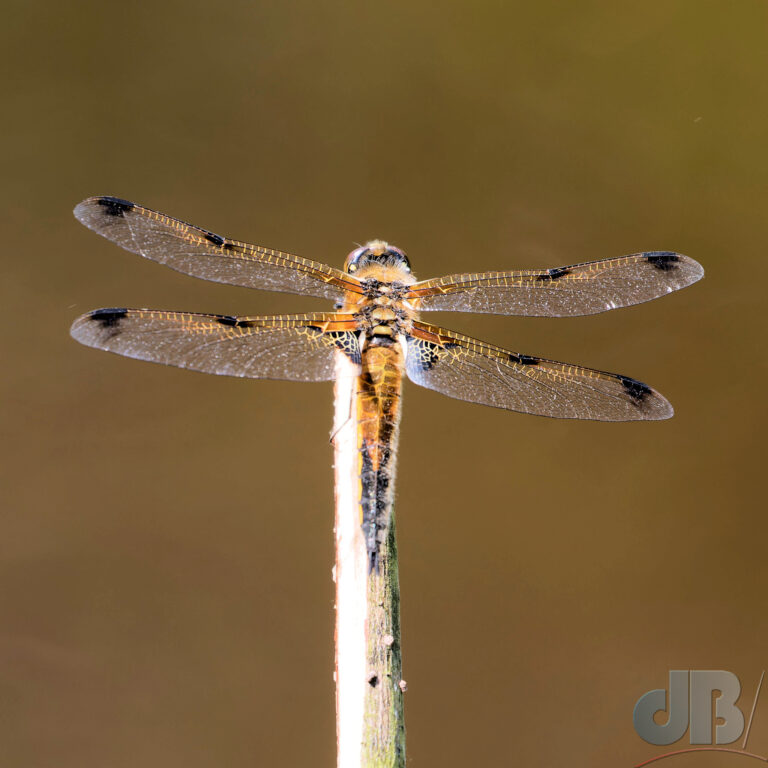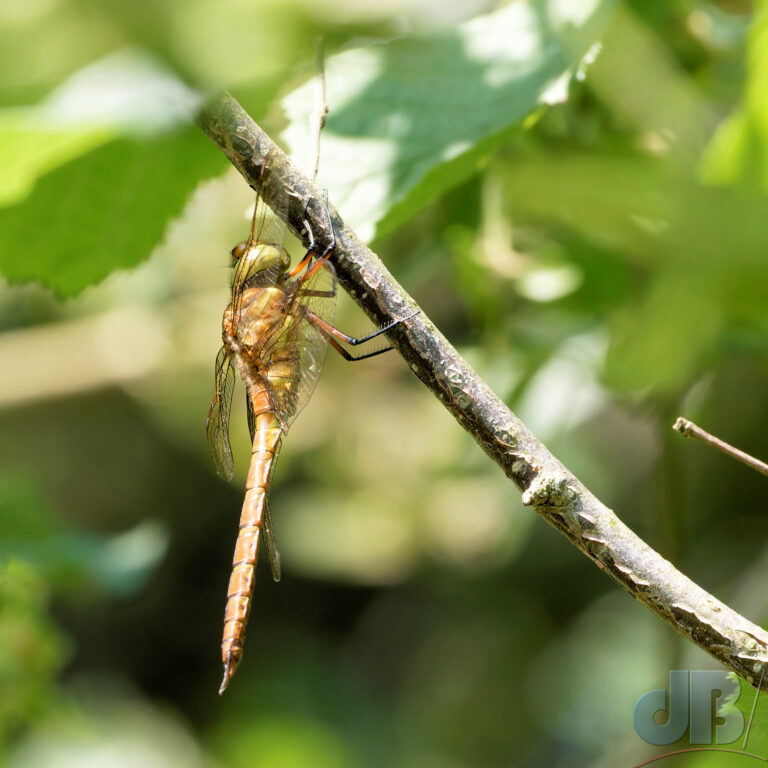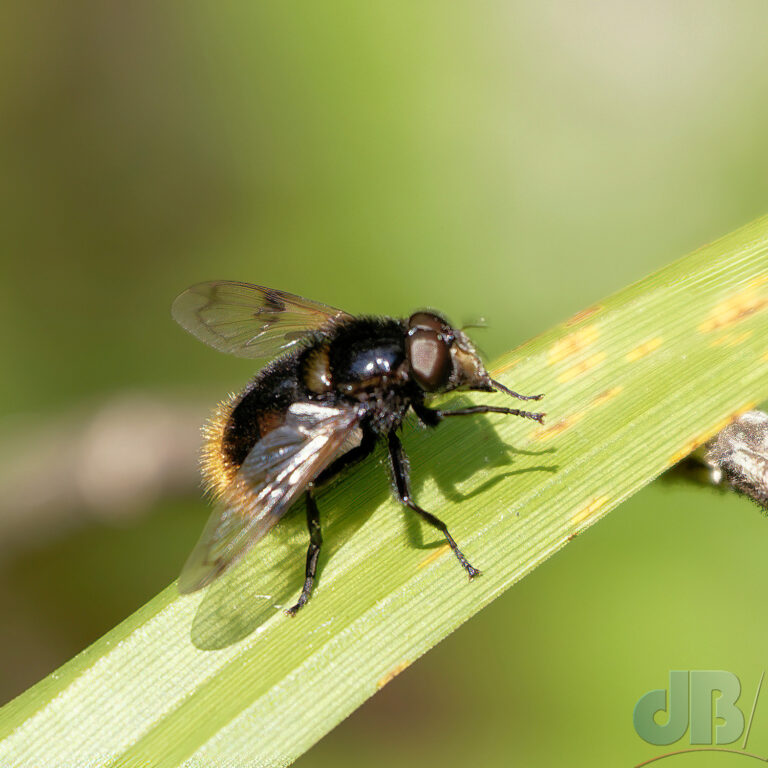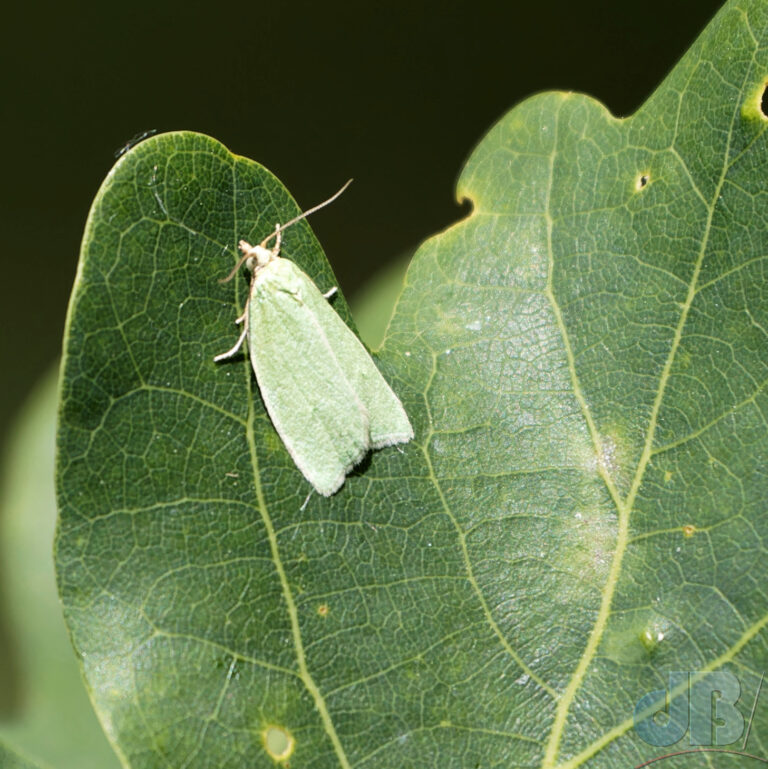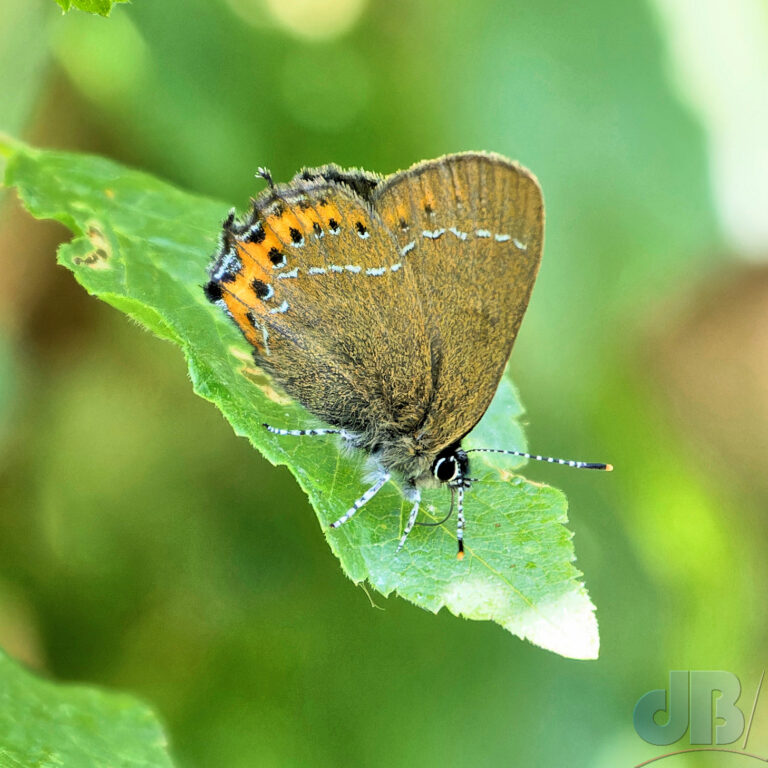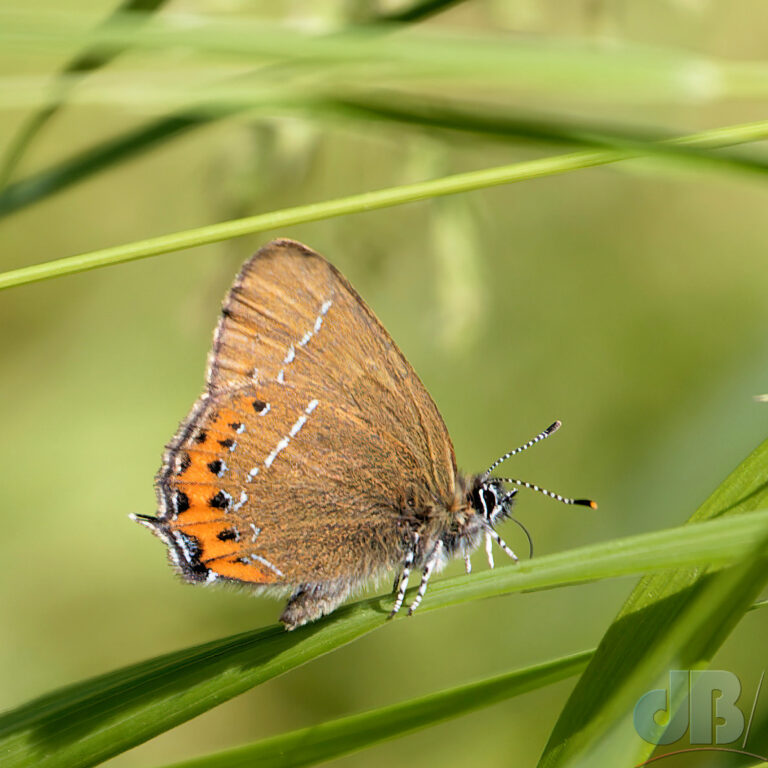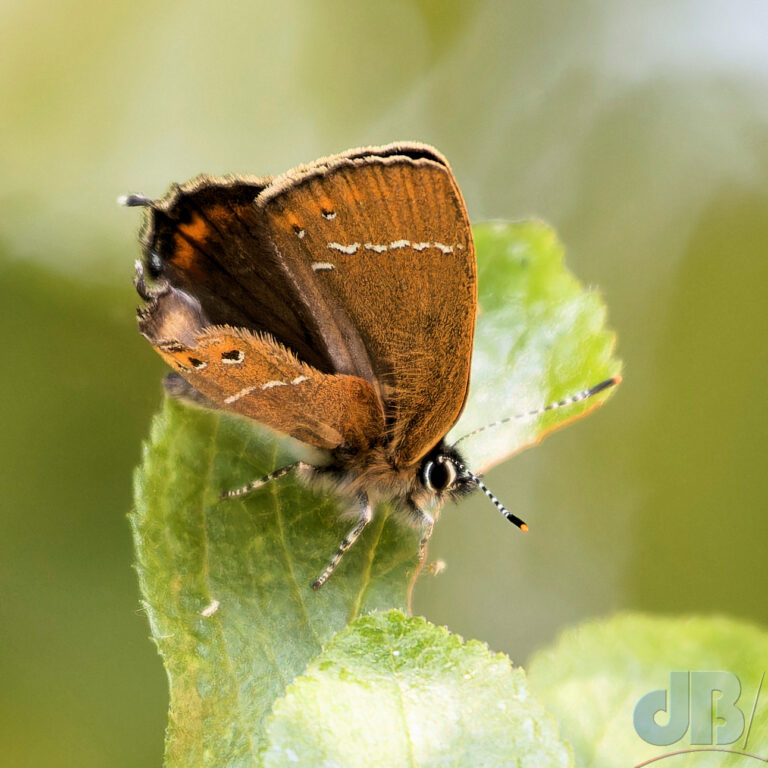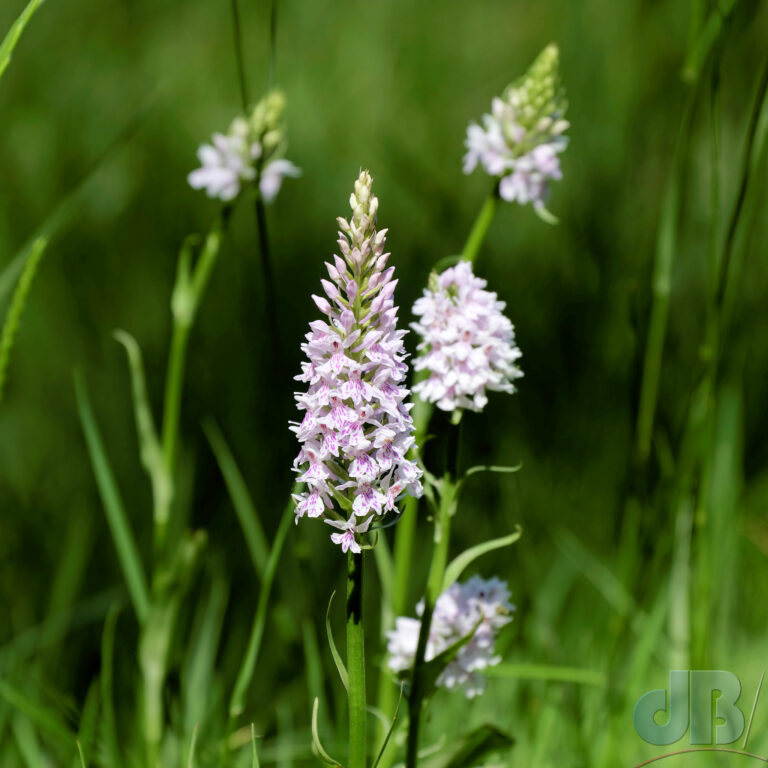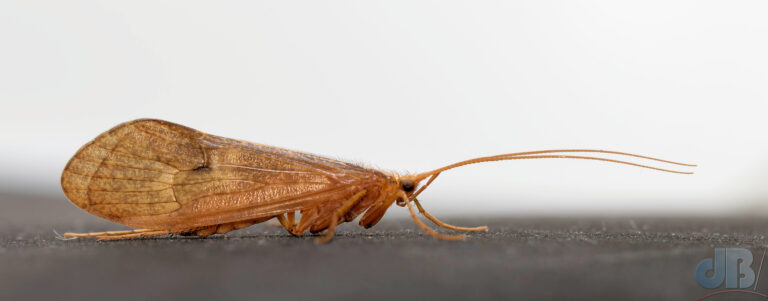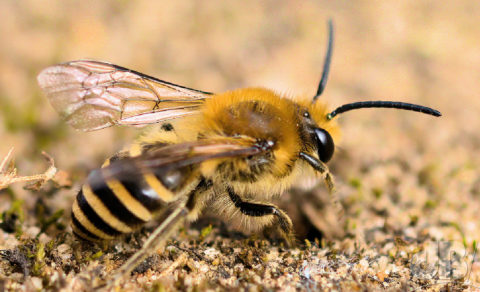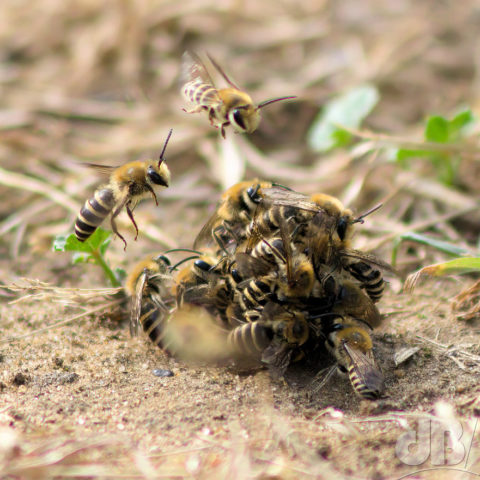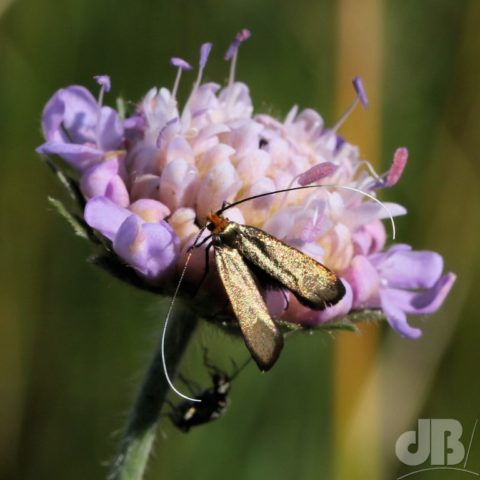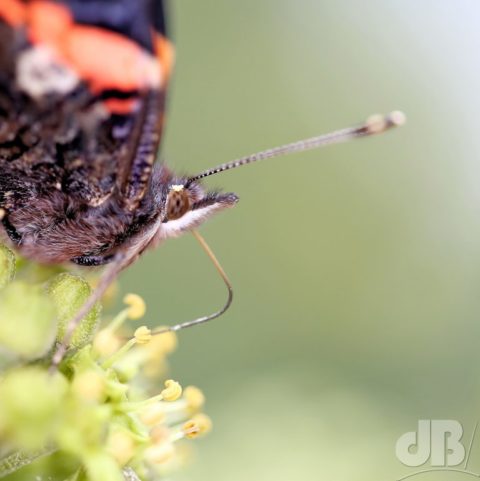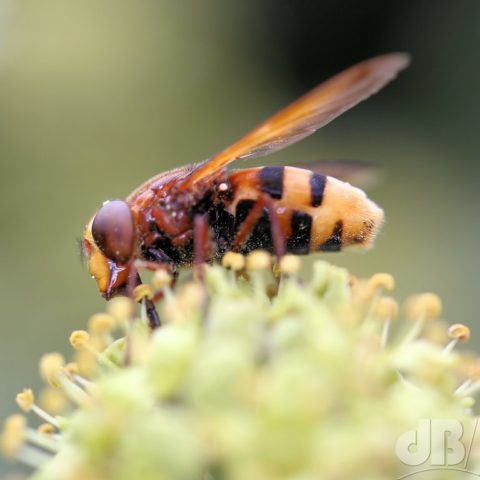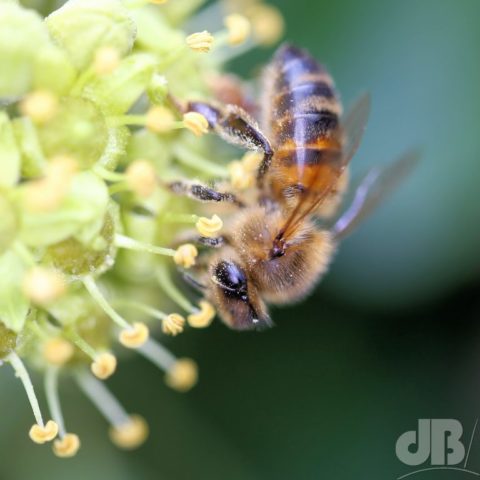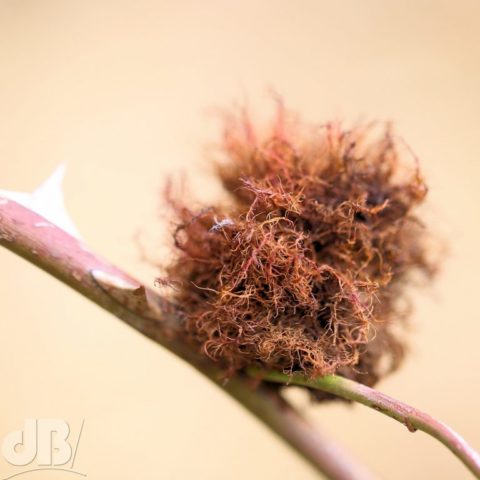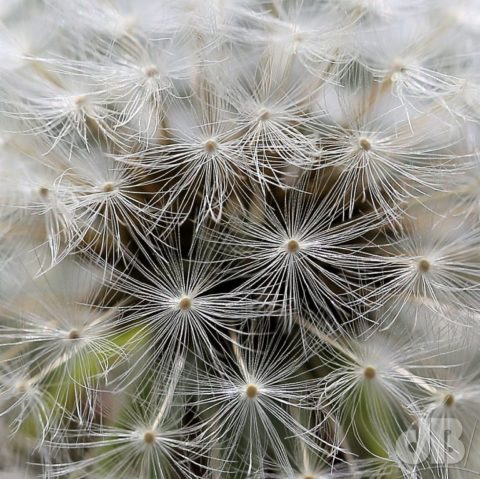Mrs Sciencebase and I spent a week in the beautiful wilds of northern Greece not far from the Bulgarian and North Macedonian borders in early June. At first glance, it was a holiday, but it was more realistically a fascinating international biology field trip with lots of butterflies, moths, birds, and plants to photograph and record. The list of butterflies we saw and recorded can be found below.
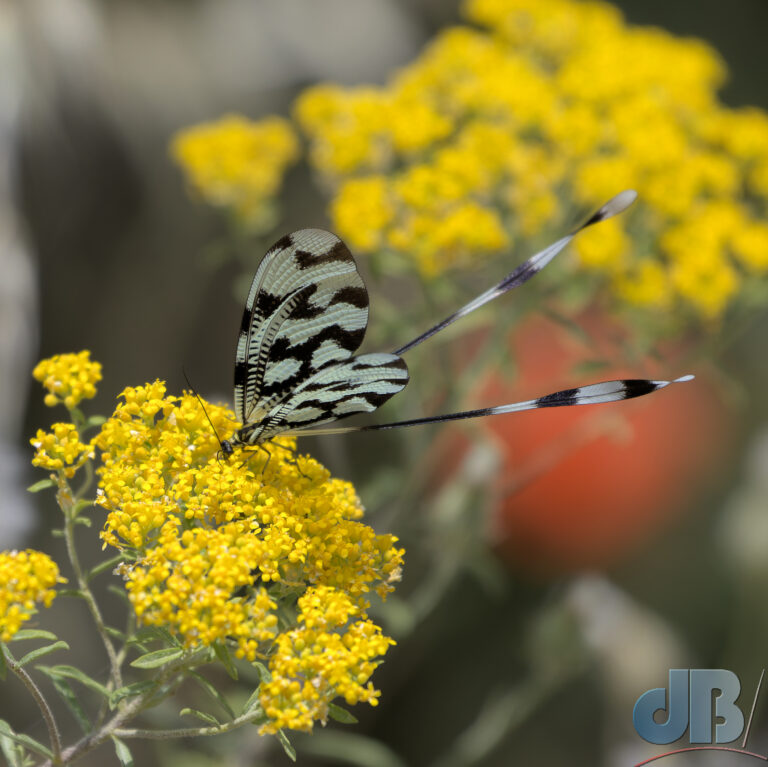
We had 6:30am starts most days except the 5am on Lake Kerkini boat-trip day, expertly piloted by Niko. It was certainly not the usual lounging-by-the-pool-all-day type holiday with lingering lie-ins et cetera. There was, however, all those butterflies and birds. Delicious Greek food and quaffable Greek beer every evening certainly felt holiday-like!
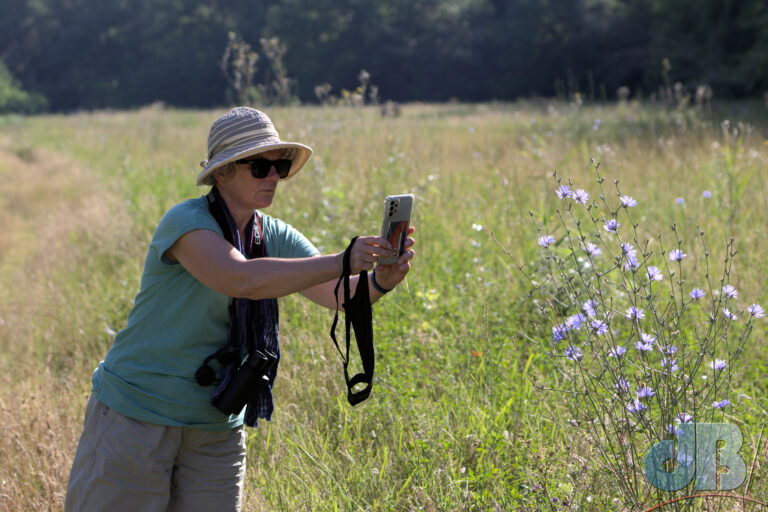
We were staying in a small town called Chrisochorafa, which isn’t far from the beautiful Lake Kerkini with its hundreds of pelicans (Dalmation and Great White), tens of thousands of Great Cormorant, numerous Spoonbill, various heron and egret species, and on and on!
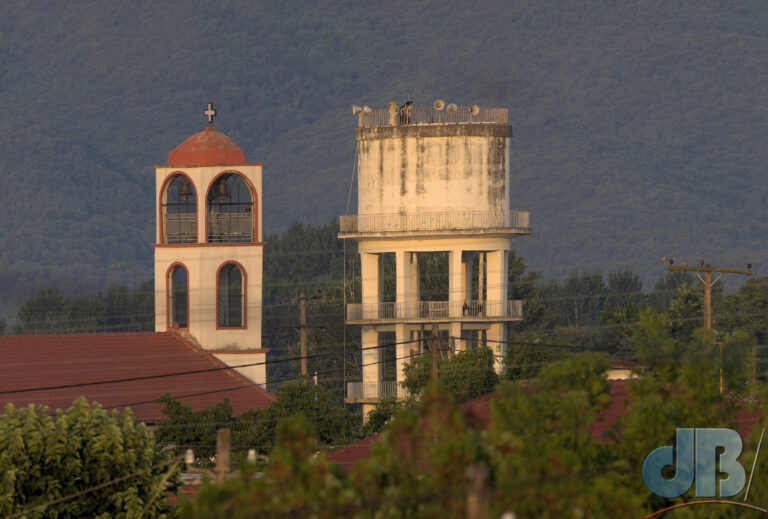
Our expert eco-guide, Michael, kindly drove us all over the region. We swung way west to the border with North Macedonia, but also east and north almost to Bulgaria too. Michael, is a diptera and lepidoptera expert and did a bit of independent flycatching in between identifying butterflies and birds for his research. He hopes to identify the groups that may well have been lost to regions ravaged by forest fires in northeastern Greece in recent years.

We also had one other travelling companion, Martine – a modestly expert amateur lepidopterist who was a great help to us in spotting and identifying the novel species of Lepidoptera. We hiked several km most days even when it was sometimes 38 degrees Celsius in the shade.
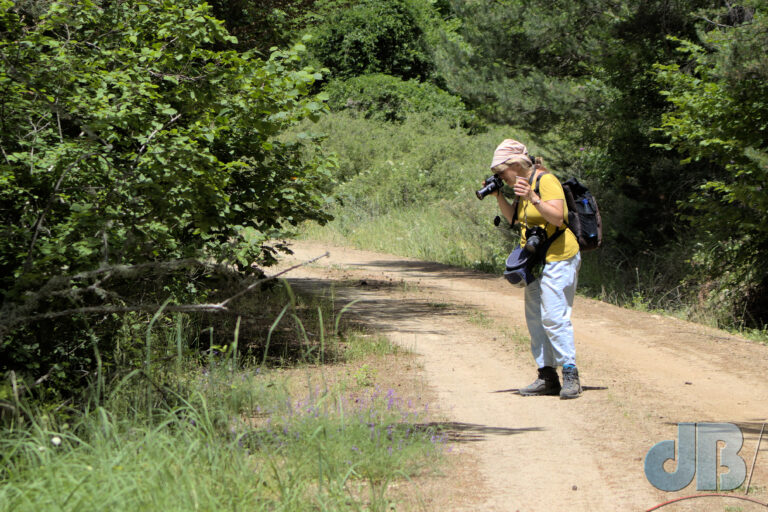
Somehow, I managed to take more than 11000 photos. Too much of the time I had my camera in rapid-burst mode. I’ve plucked more than 500 from the SD cards. I will pull out and process what I think are the best to share here on the Sciencebase blog and on my social media. I may be some time. You Have Been Warned.
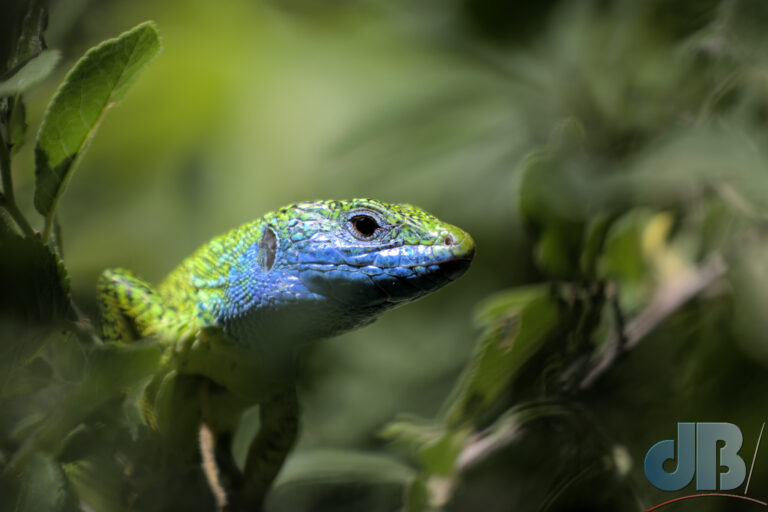
I now have photographs of dozens of species of butterfly that I’d not seen before, and we saw well over 73 species in total. Lots of birds and more than 40 moth species, more than a couple of dozen of which aren’t present in the UK and I’d not seen before. 90+ birds seen and/or heard.
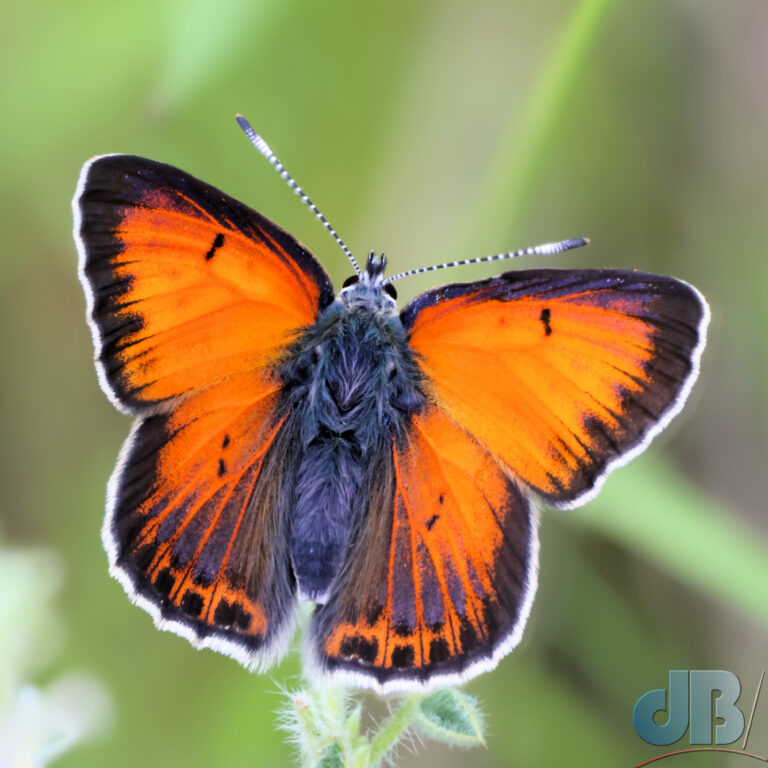
I didn’t do a lot of handheld focus stacking, but I did try with the above Balkan Copper photo. It was on the ski slope at Lailias, no snow, obviously. There were quite a few other butterflies and day-flying moths here.
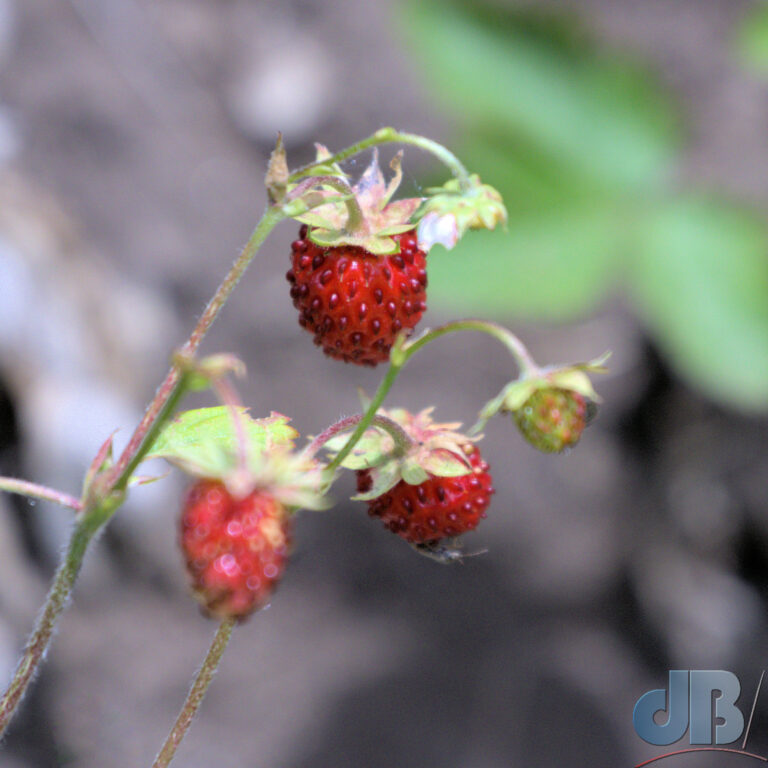
It’s worth noting that contractors were strimming the lovely meadow at the foot of the ski slope for some unknown reason. This will inevitably have destroyed thousands of blooms, sending the invertebrates that were thriving there into oblivion. There was presumably a good reason for the strimming, but it put paid to our butterflying on that patch.
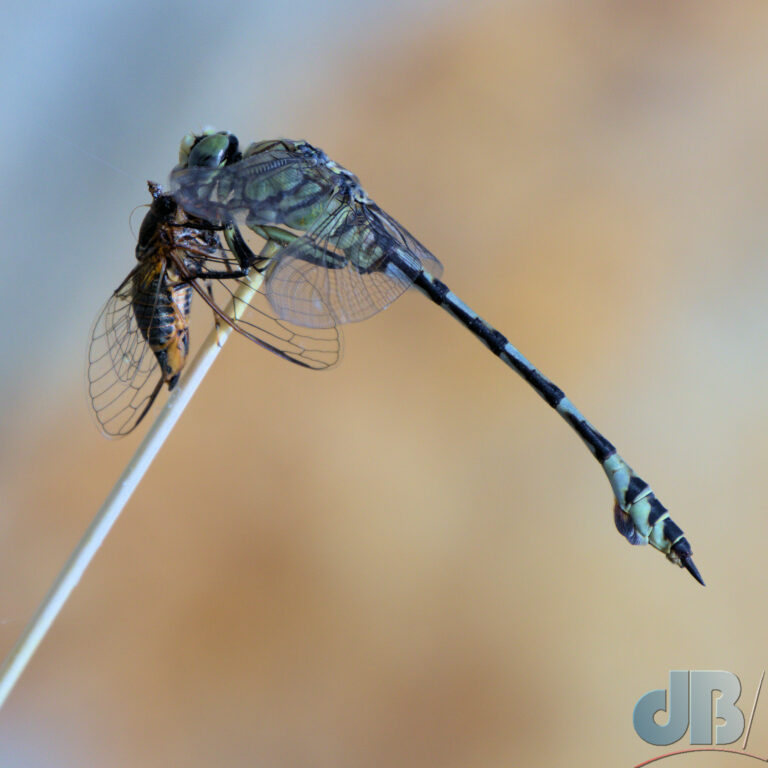
Overall, we had a fabulous trip although some of our target species were entirely absent from even the most likely sites. Tessellated Skipper, for instance. Indeed, its larval food plant was absent from the site too. Temperatures were too high for June in this region for the whole week. This may well have contributed to the much lower than anticipated numbers and diversity of Lepidoptera, although we still saw plenty.
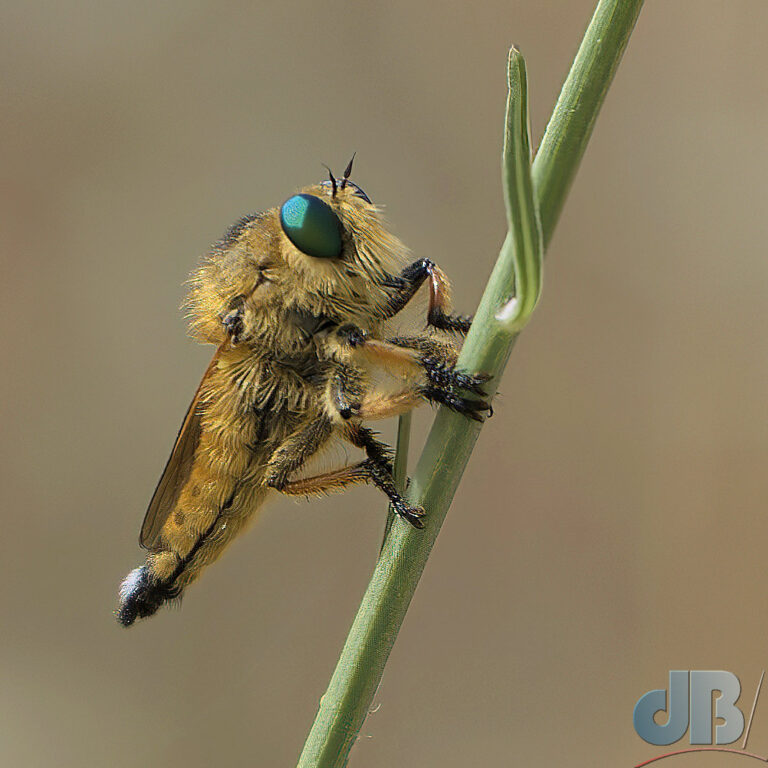

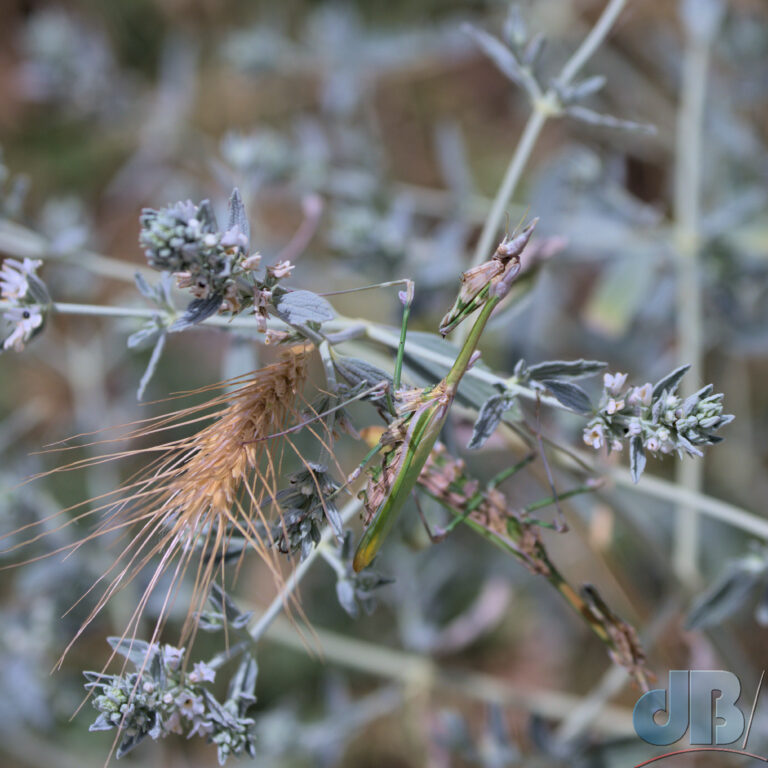 Two Praying Mantis, Empusa fasciata
Two Praying Mantis, Empusa fasciata
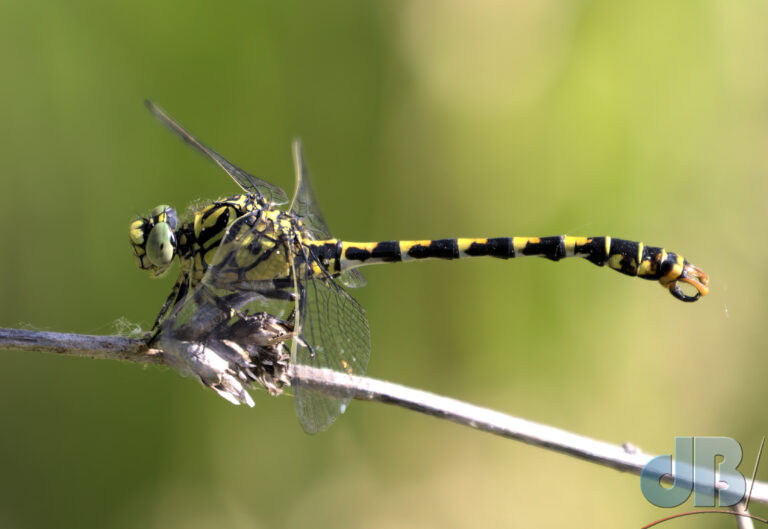
Butterflies of Greece Batch 1, 2, 3, 4, 5, 6, 7, 8, 9
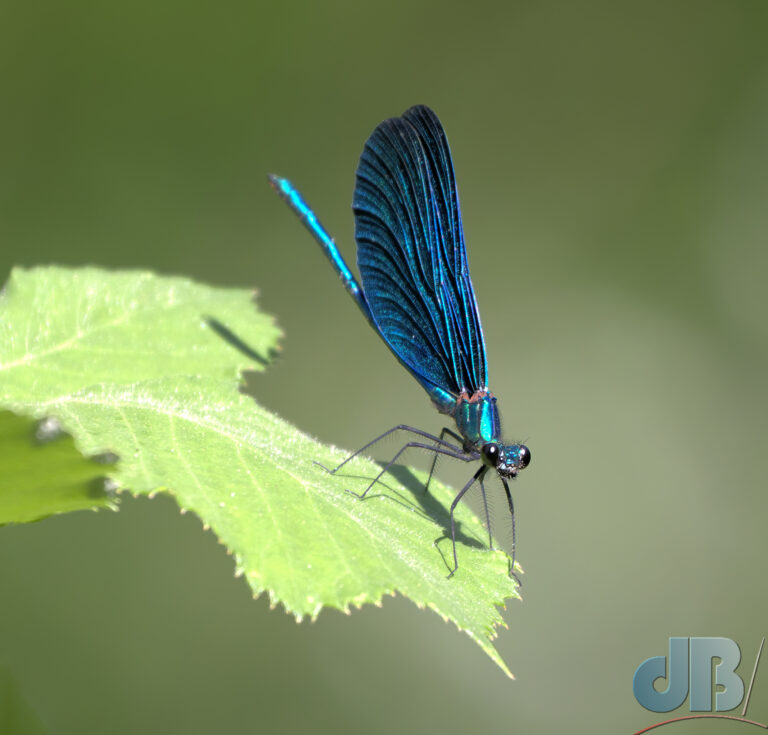
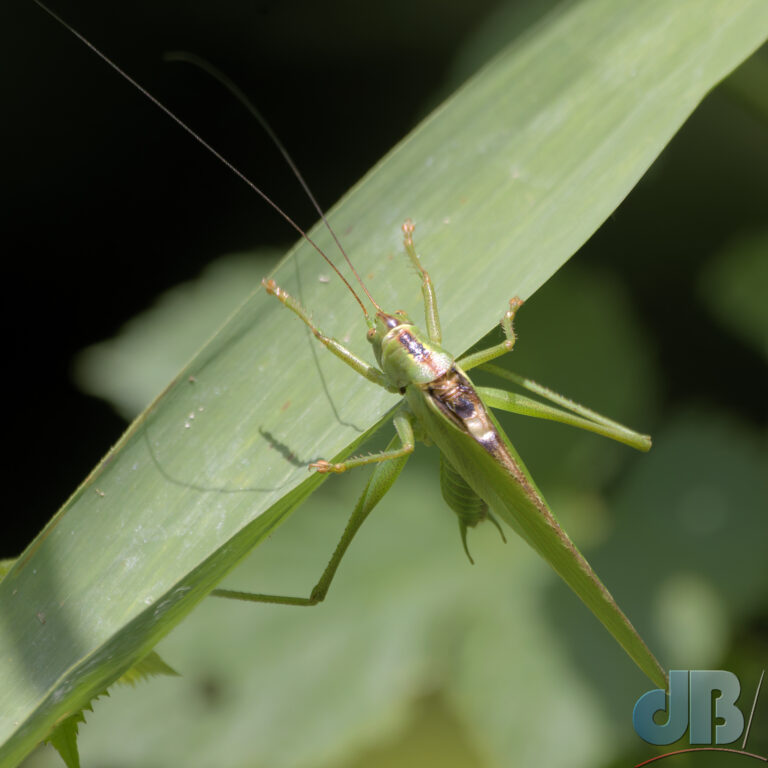 Great Green Bush Cricket, Tettigonia viridissima
Great Green Bush Cricket, Tettigonia viridissima
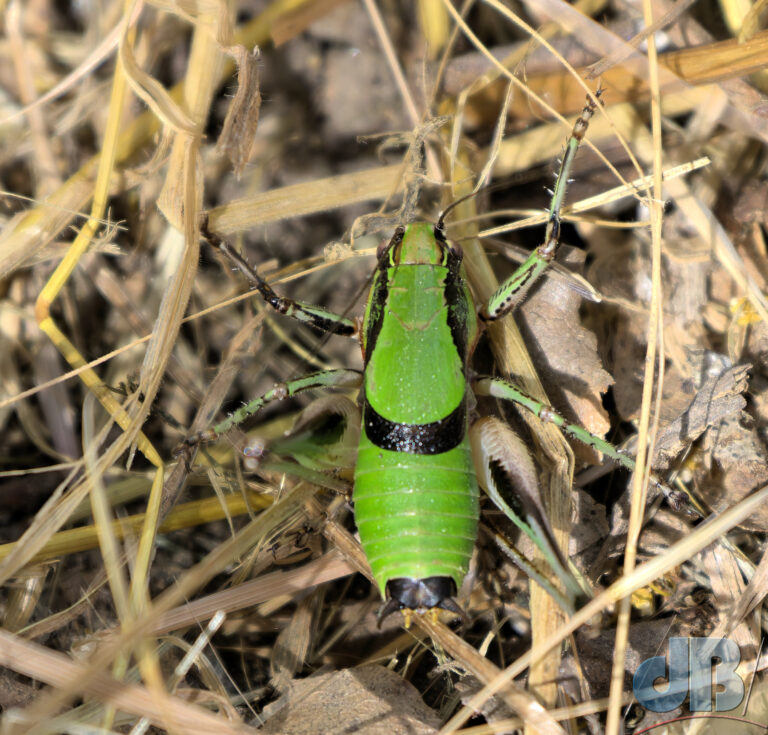
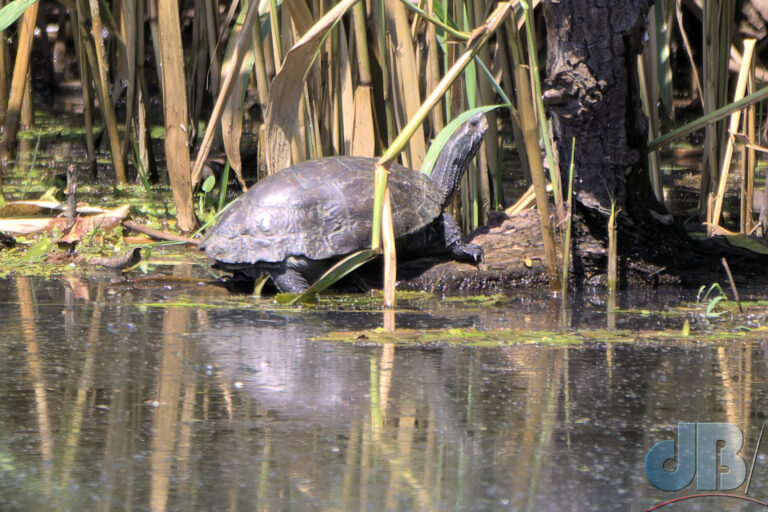
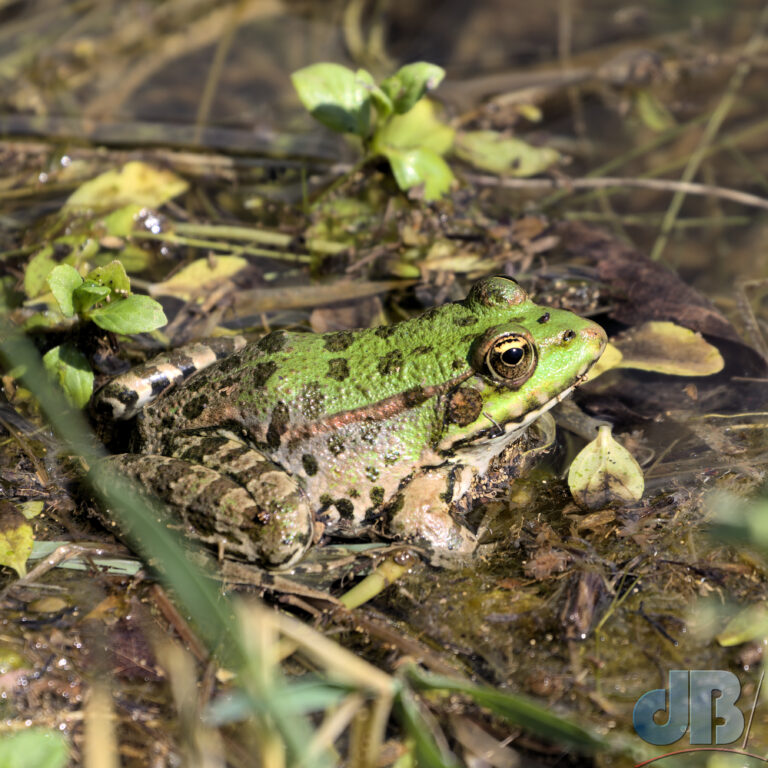

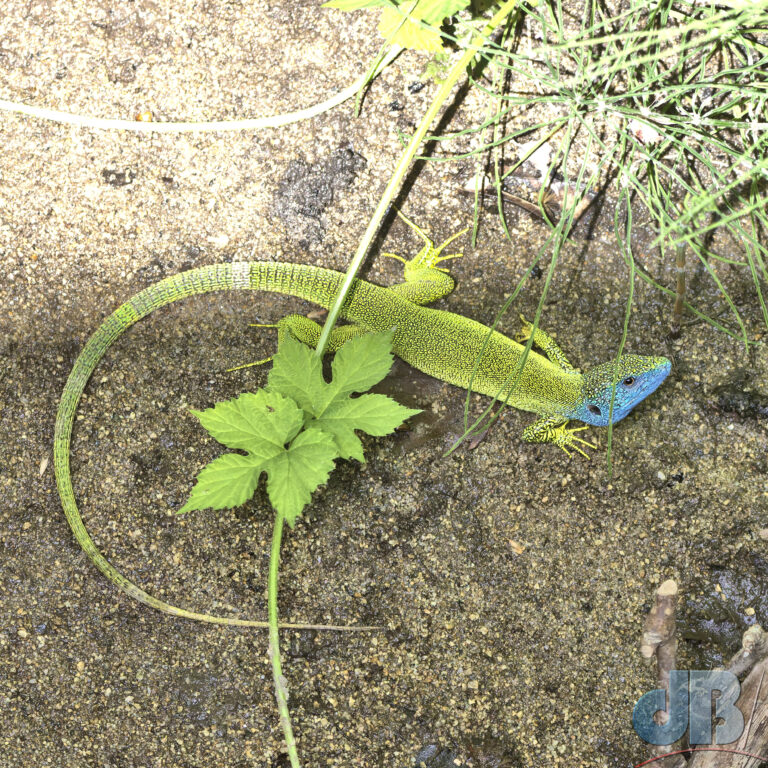
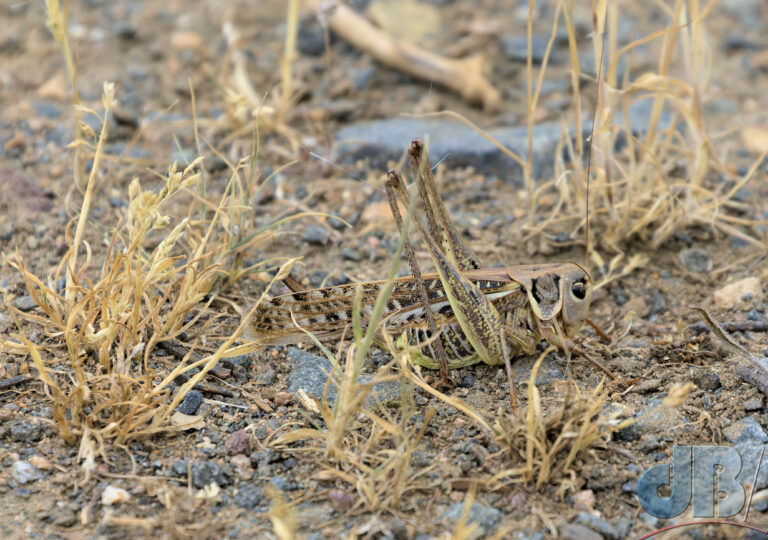
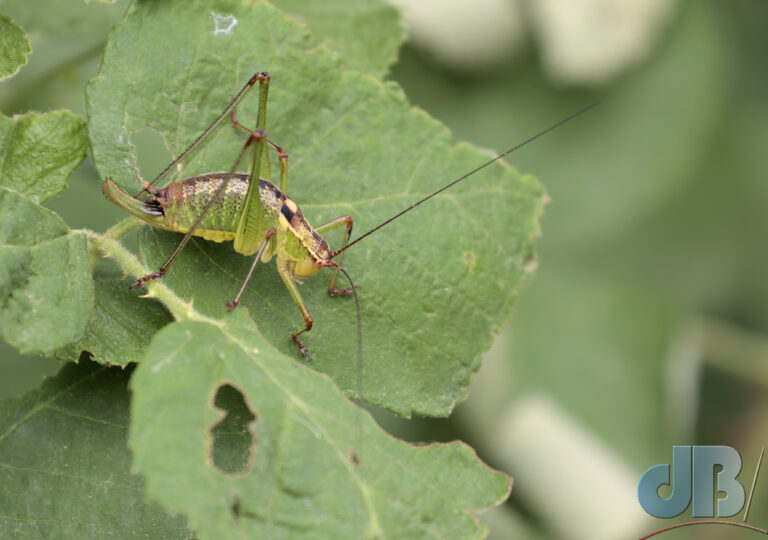
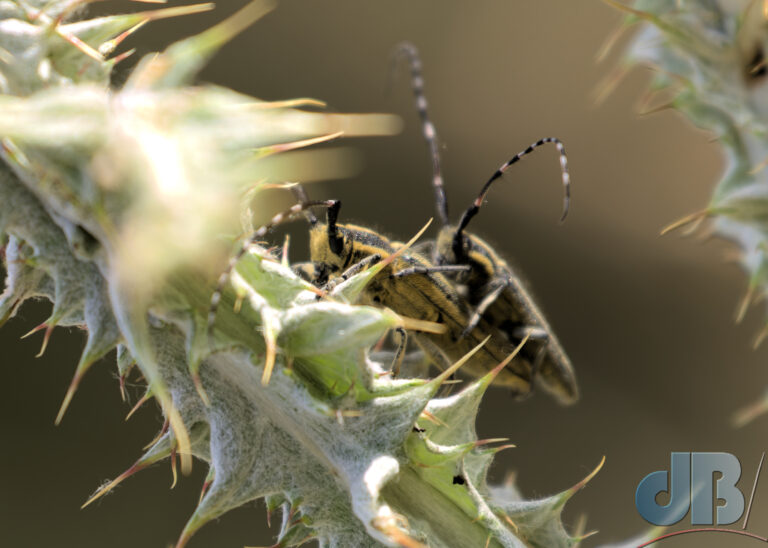
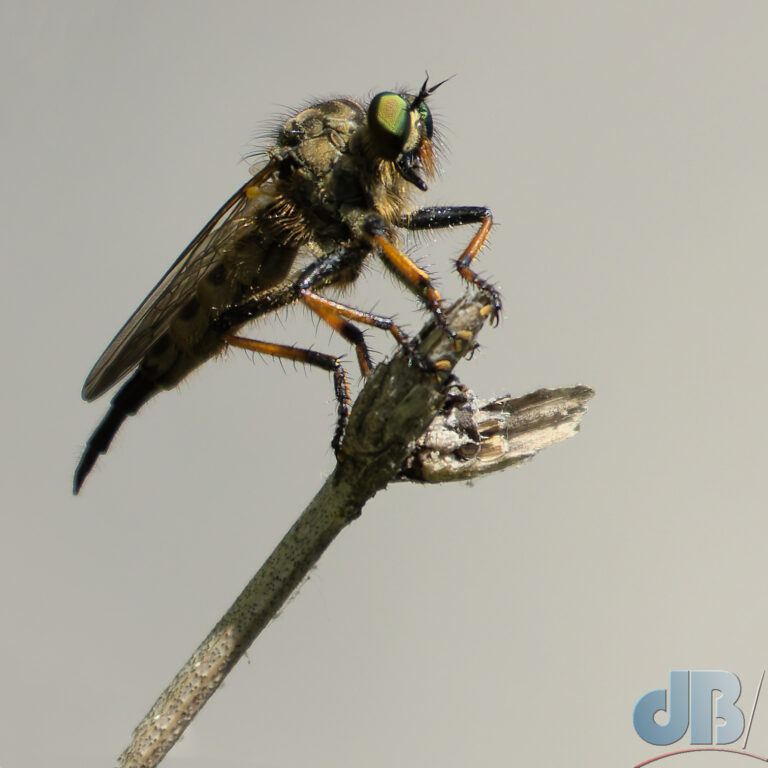
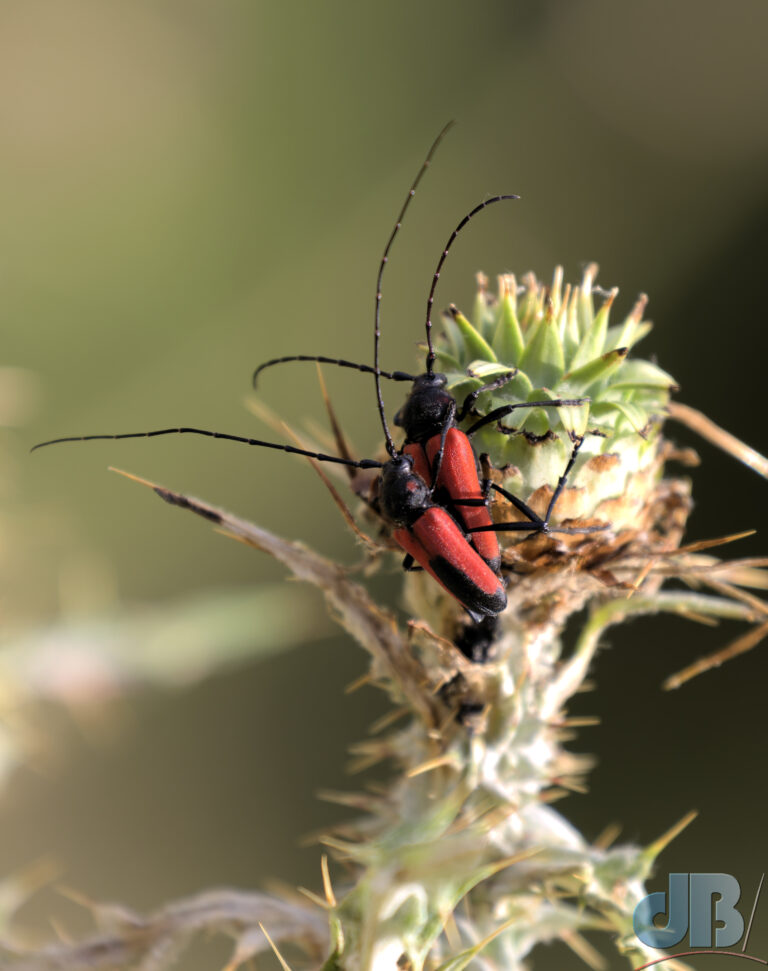

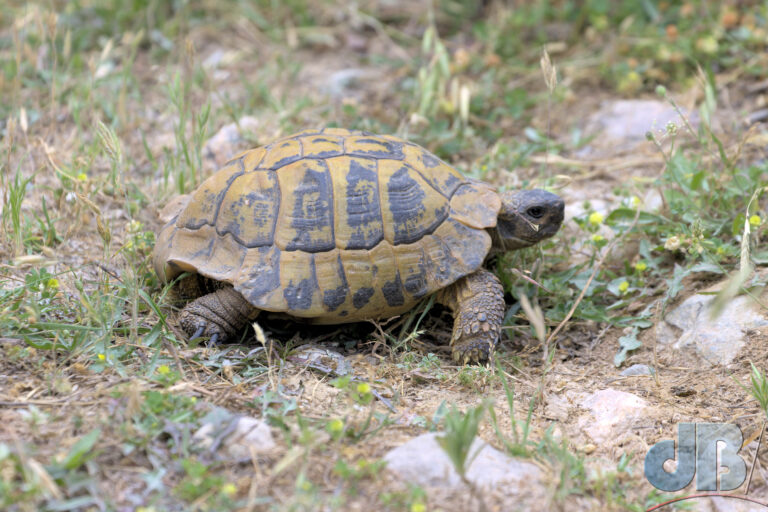
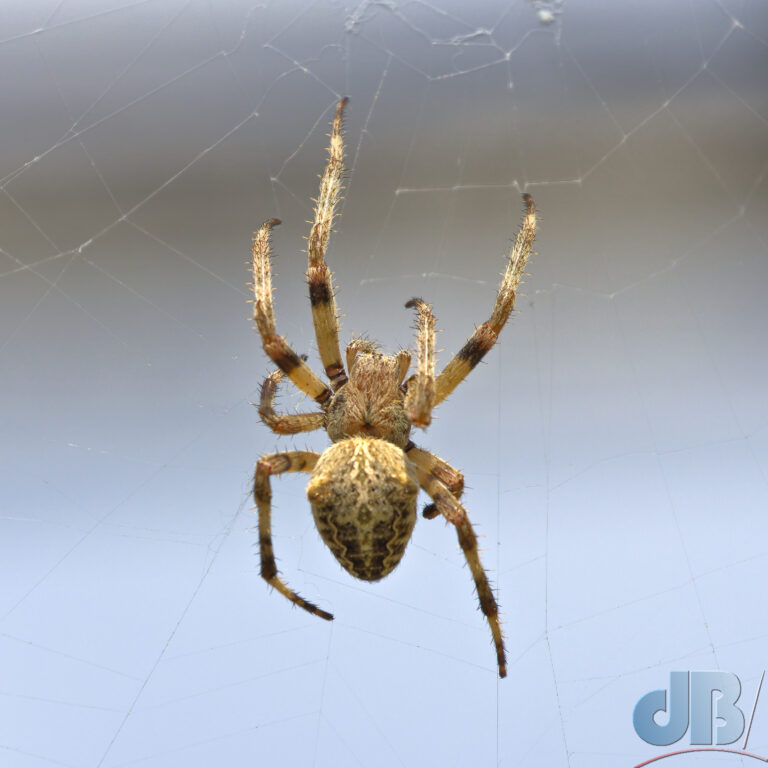
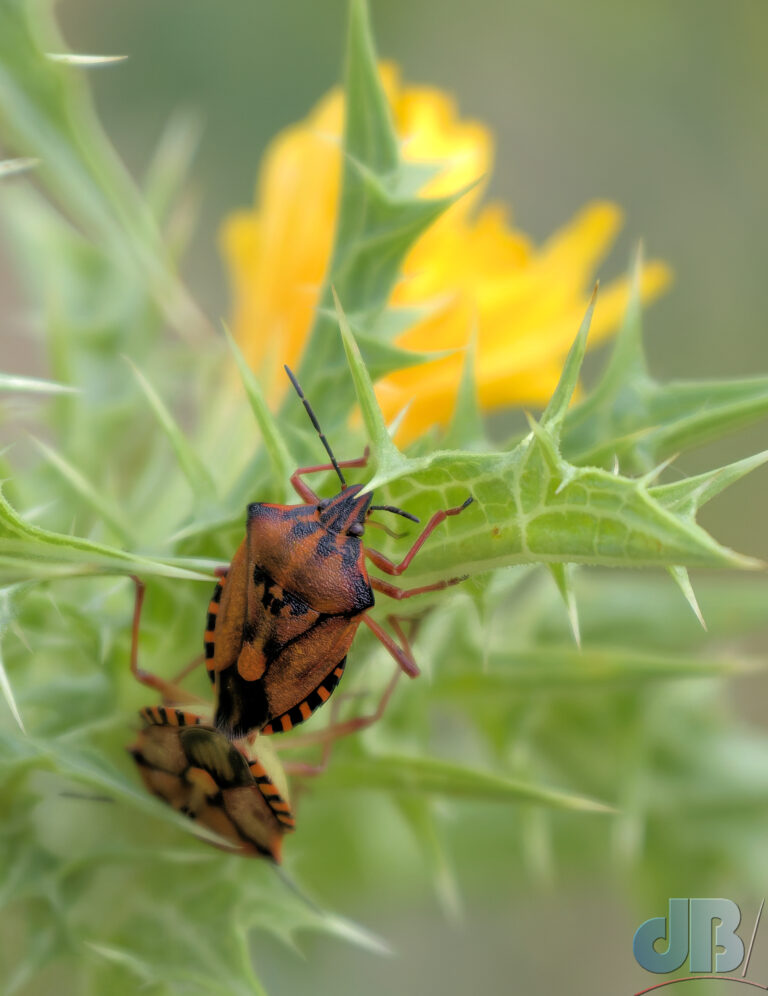
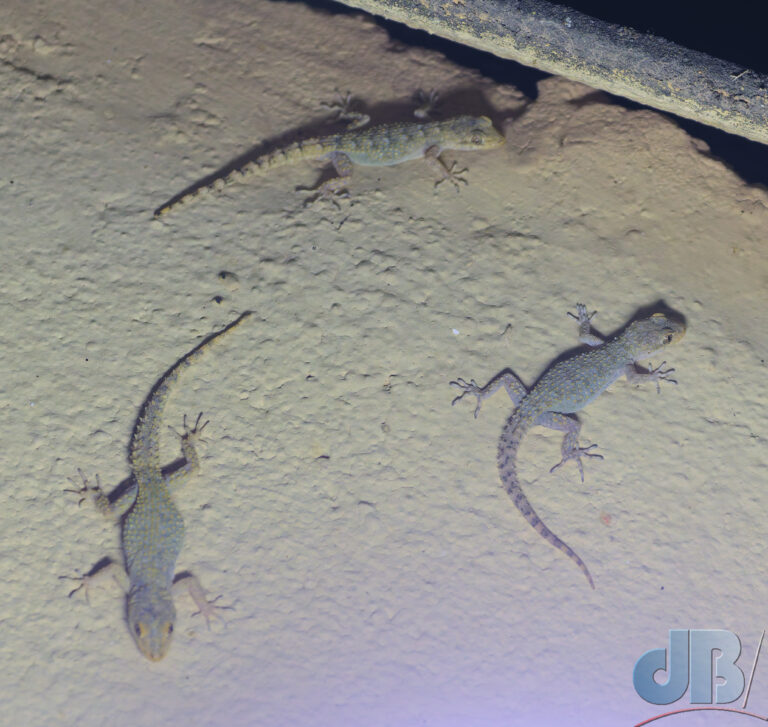
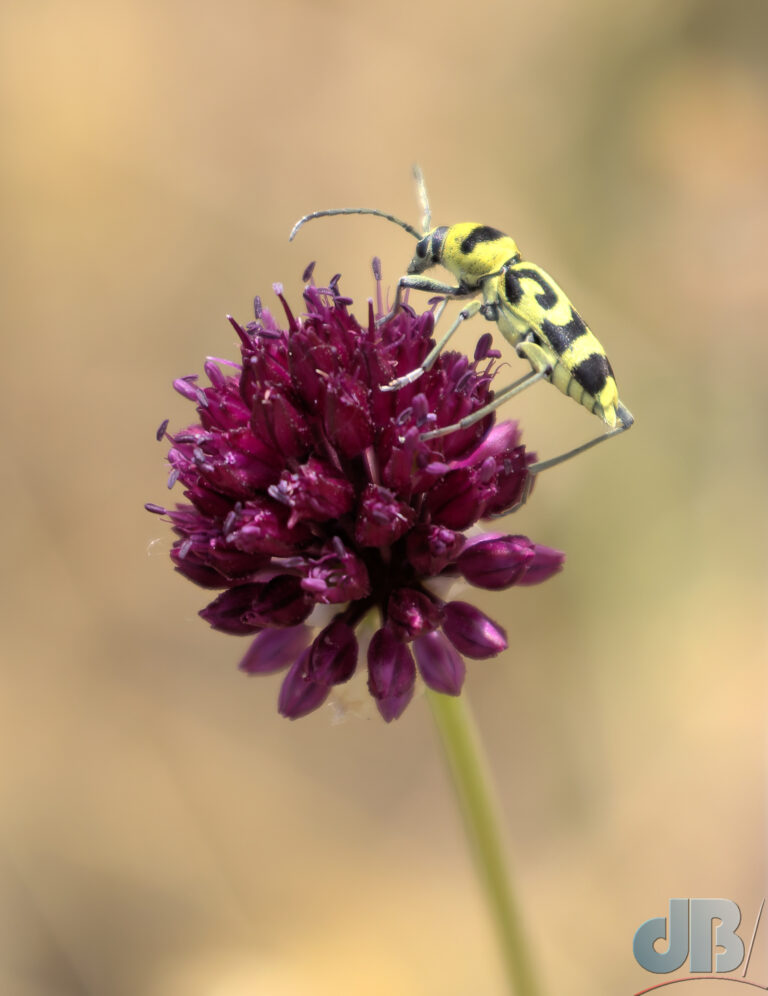

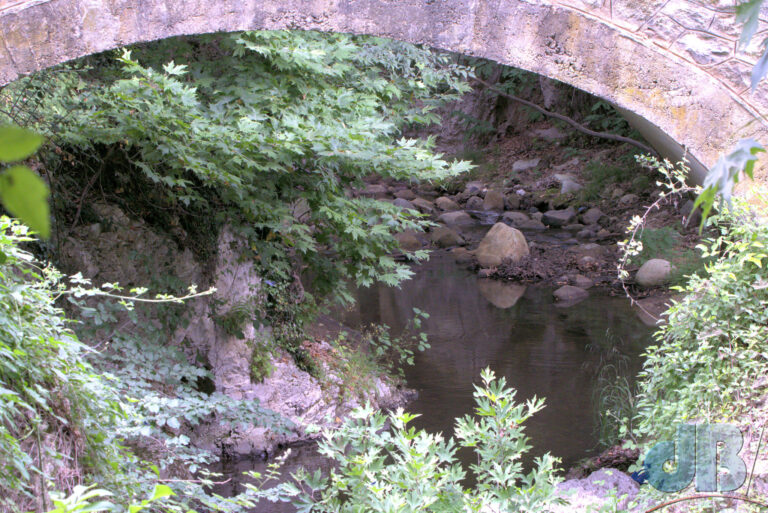

June 2024 Greek butterfly tick-list
Here is the complete list of butterfly species of which I have now published photographs on Sciencebase. There were several others that we saw that I didn’t get photos of or that didn’t warrant sharing – Essex Skipper, Small Skipper, Dark Green Fritillary etc. I think the total count for the trip for me and Mrs Sciencebase was 73+ butterfly species.
- Blue, Amanda’s (Polyommatus amandus)
- Blue, Eastern Baton (Pseudophilotes vicrama)
- Blue, European Common (Polyommatus icarus)
- Blue, Green-underside (Glaucopsyche alexis)
- Blue, Iolas (Iolana iolas)
- Blue, Lang’s Short-tailed (Leptotes pirithous)
- Blue, Large (Phengaris arion)
- Blue, Little Tiger (Tarucus balkanicus)
- Blue, Mazarine (Cyaniris semiargus,)
- Blue, Small (Cupido minimus)
- Brown Argus (Aricia agestis)
- Brown, Large Wall (Lasiommata maera)
- Brown, Lattice (Kirinia roxelana)
- Brown, Meadow (Maniola jurtina)
- Brown, Northern Wall (Lasiommata petropolitana)
- Brown, Wall (Lasiommata megera)
- Cardinal (Argynnis Pandora)
- Clouded Apollo (Parnassius mnemosyne)
- Clouded Yellow (Colias croceus)
- Common Yellow Swallowtail (Papilio machaon)
- Copper, Balkan (Lycaena candens)
- Copper, Lesser Fiery (Lycaena thersamon)
- Copper, Purple-shot (Lycaena alciphron)
- Copper, Sooty (Lycaena tityrus)
- Eastern Festoon (Allancastria cerisyi)
- Fritillary, Heath (Melitaea athalia)
- Fritillary, Knapweed (Melitaea phoebe)
- Fritillary, Lesser Marbled (Brenthis ino)
- Fritillary, Lesser Spotted (Melitaea trivia)
- Fritillary, Marbled (Brenthis daphne)
- Fritillary, Niobe (Fabriciana niobe)
- Fritillary, Pearl-bordered (Boloria euphrosyne)
- Fritillary, Queen of Spain (Issoria lathonia)
- Fritillary, Silver-washed (Argynnis paphia)
- Fritillary, Spotted (Melitaea didyma)
- Grayling, Eastern Rock (Hipparchia syriaca)
- Grayling, Great Banded (Brintesia circe)
- Hairstreak, Blue-spot (Satyrium spini)
- Hairstreak, Green (Callophrys rubi)
- Hairstreak, Ilex (Satyrium ilicis)
- Hairstreak, Sloe (Satyrium acacia)
- Hairstreak, White-letter (Satyrium w-album)
- Heath, Pearly (Coenonympha arcania)
- Heath, Small (Coenonympha pamphilus)
- Hermit (Chazara briseis)
- Nettle-tree Butterfly (Libythea celtis)
- Painted Lady (Vanessa cardui)
- Scarce Swallowtail (Iphiclides podalirius)
- Skipper, Dingy (Erynnis tages)
- Skipper, Grizzled (Pyrgus malvae)
- Skipper, Large (Ochlodes sylvanus)
- Skipper, Mallow (Carcharodus alceae)
- Skipper, Yellow-banded (Pyrgus sidae)
- Southern White Admiral (Limenitis reducta)
- Tortoiseshell, Large (Nymphalis polychloros)
- Tortoiseshell, Small (Aglais urticae)
- White, Balkan Marbled (Melanargia larissa)
- White, Black-veined (Aporia crataegi)
- White, Eastern Bath (Pontia edusa)
- White, Marbled (Melanargia galathea)
- White, Small (Pieris rapae)
- White, Wood (Leptidea sinapis)
- Woodland Ringlet (Erebia medusa)
Technical footnotes
I took rather a lot of photos on this week-long trip (well over 10,000) and then spent the weekend pulling out what I think are the best. I’ve got about 500 that I need to work through and do a second-line purge.
I will process the select few from the camera RAW files using DxO PureRaw4, which I’ve mentioned previously. This software carries out corrections to the photos you take based on the known distortions associated with your camera and lens combination. Its main purpose however is to remove noise from an image without removing detail. It does this very well, improving any photo you feed it to the tune of 3 or so full stops of ISO. This can make all the difference with photos shot in the limited light of a woodland or at twilight.
Some of the photos need a different kind of processing and I’ll use Topaz Sharpen for the ones that could do with a bit more tightening up to remove motion blur, for instance.
